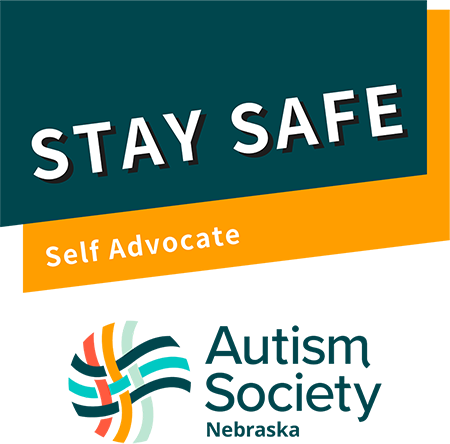Sharing Your Physical or Medical Health Issues with a Trusted Person
The first important step is to understand what a “trusted person” means. A trusted person can mean someone you are comfortable with and who you can trust. This could include a family member you are comfortable with, a caregiver, or someone who provides you with support. Importantly, this individual should be someone you can trust and feel safe with.
Effectively communicating your needs to your trusted person is an important skill. It lets your trusted person know what you need and helps them to further support you in getting those needs met.
When figuring out how to do this, a helpful tool is the 4-W’s skill handout. This includes asking questions related to who, when, where and what. It can be helpful to identify the following information:
Review
Sharing health issues with a trusted person
Practice
Once you have answers to your 4-Ws handout, it’s time to practice! You can do a role-play with your trusted person or you can practice what you want to say on your own. You may consider trying this in front of a mirror.
Reflection
Questions can help you evaluate your practice. Examples:
Did I decide who my trusted person was?
- If so, am I comfortable talking with this person?
- If not, who else could I ask?
Did I find a good time to talk with my trusted person?
- If so, why did that time work well?
- If not, what may be a better time to try?
Did I find a good place to talk with this person?
- If so, why was that a good place?
- If not, where may be a better place to talk?
Did I start the conversation well?
- If so, how did that go?
- If not, what do I need to say differently?
Did I share my health issues clearly?
- If so, did my trusted person understand what I was sharing?
- If not, how can I share the information differently?
Did my trusted person help me get my needs met?
- If so, how did that make me feel?
- If not, I can ask my trusted person for what I need to do next
